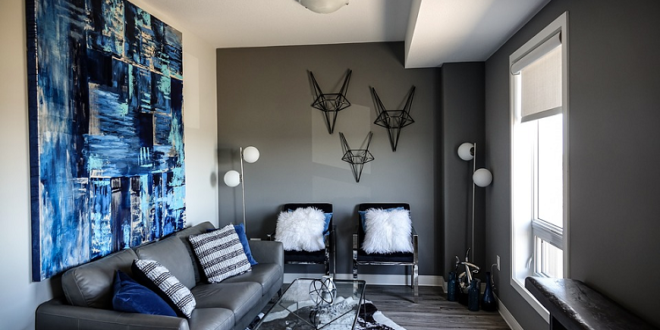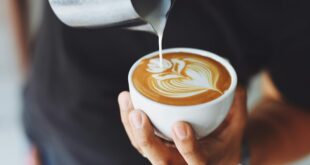It is almost certain that you have come across a crystal ornament with an image inscribed into it on your travels. The first thing that crosses most people’s minds when encountering these crystalline trinkets is a question: how on earth is it made? At first glance, it seems like an impossible task. There are no seams where the glass or plastic has been visibly glued and no toolmarks from where a craftsperson may have been working away. These type of ornaments have been around since the 1990s, when Russian workshops began producing them in small numbers. Cheaper Chinese laser engraving machines have made sub surface bubblegram engraving far more accessible. This article has been written in order to give the curious observer of glassware or plastic curios a glimpse behind the curtain. Here is a brief guide to inscribed ‘bubblegram’ ornaments.
Why ‘Bubblegram’?
Ornaments that include 3D crystal photos in their design are colloquially known as ‘bubblegram’ products. This is due to the composition of the image contained within the crystal body of the ornament. If you were to look at the image under a microscope you would notice that it was comprised of millions of tiny bubbles. These bubbles are actually fractures created using lasers. The technical name for this kind of process is ‘sub surface laser engraving’.
Creation Of A Heightmap
In order to create a bubblegram image inside a block of material, a conventional image needs to converted into a heightmap. A heightmap – as the name suggests – is a way of storing information regarding height and 3D depth in relation to an image. If, for instance, you wanted a photograph of your dog converted into a 3D bubblegram, creating a heightmap would allow the craftsperson to give the photograph realistic dimensional depth.
The Material
In order to effectively create a bubblegram, high grade materials with low level optical dispersion need to be used. In layperson’s terms, this means that the material needs to be extremely clear. High grade glass or plastic are the most suitable materials. Any material that is not sufficiently clear will not be able to hold a defined bubblegram image. This is because light needs to be noticeably refracted by the bubble fractures that form the image in order to be perceived.
Laser Fracturing
The task of transferring the heightmap image from the computer into the actual material itself is completed using highly focused beams of light emitted from lasers. Using a Computer Aided Design program, a laser beam is focused below the surface of the glass or plastic with an accuracy of only a few micrometers. The apex of the laser beam causes the material to undergo thermal stress and fracture. Thousands of these tiny fractures are made – eventually forming the desired 3D image. It is vitally important that none of the fractures are allowed to merge. The refractory properties of the miniature bubble fractures are only uniform if they are all precisely the same size.
 HammBurg Be informed with latest news, reviews, entertainment, lifestyle tips, and much more.
HammBurg Be informed with latest news, reviews, entertainment, lifestyle tips, and much more.




